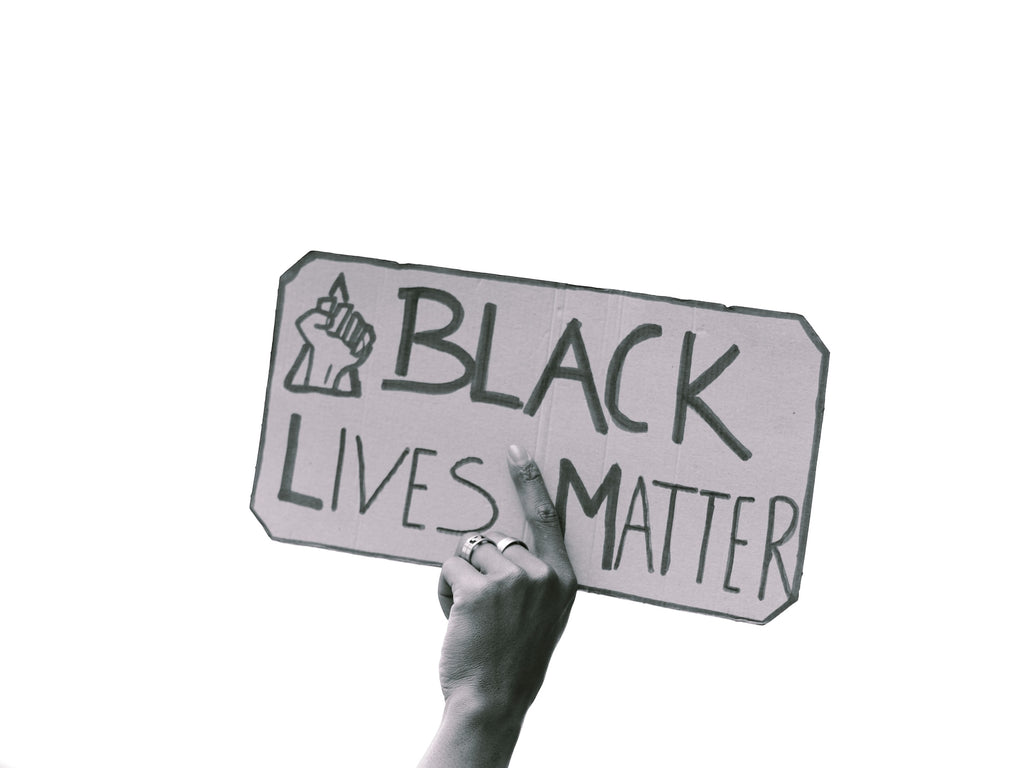What Type of Therapy is Right for You?
The kind of breakdown you can actually use.
Making the decision to go to therapy can be a tough call to make. There are all kinds of factors to consider like cost, your work schedule, commute, and how comfortable the talking couch is. When it comes to seeking mental health treatment, the decisions you have to make along the way can feel overwhelming. And when you’re already losing your shit, or just not your best self, those decisions can be daunting. Once you have decided to seek treatment, the next step is choosing a type of therapy and a mental health professional who specializes in it. Here is a list of some common types of therapy, so the only breakdown you’re responsible for is your own.
Somatic
Somatic therapy is founded on the idea that emotional and physical wellness are inherently connected. This type of therapy combines talking with physical techniques that can relieve stress and tension. Think talking it out and then being guided through a few yoga poses to help release stress from both your brain and your body. Previous traumas and stressors can manifest themselves in the body, and patients experiencing this may need this more holistic approach in their healing. Somatic therapy is a great option for those who experience stress, anxiety, depression, sexual dysfunction and forms of abuse. Dance, exercise, vocal work, yoga, and massage are all physical techniques that may be used during a somatic therapy session.
Behavioral therapy
Behavioral therapy is a way for patients to change their behavioral responses to certain triggers. The focus is not on a patient’s previous experiences with trauma, but rather focuses on changing their responsive behavior. The past is in the past, what matters is how you respond to it in the here and now. There are several types of behavioral therapy, including flooding, aversion therapy, and systematic desensitization. This type of therapy works best for patients who experience anxiety, phobias, attention deficit hyperactivity disorder, obsessive compulsive disorder, and substance abuse disorder.
Cognitive Behavioral Therapy
This type of behavioral therapy helps to address problematic or troublesome thoughts, and their subsequent behavior. CBT seeks to replace negative thought patterns and behaviors with ones that are more positive and helpful. A CBT patient will work with their specialist to identify negative thought patterns, and work to replace them with more positive thought patterns before they spiral. This type of therapy tends to work for those who experience mood disorders, anxiety, eating disorders, obsessive compulsive disorder, insomnia, and some types of schizophrenia.
Eye Movement Desensitization and Reprocessing Therapy
The point of EMDR is to fully process past traumas so that the negative thoughts and emotions associated with them can be replaced with more positive and helpful thoughts and emotions. After discussing the traumatic event with the therapist, the patient then focuses on that memory while the therapist waves their finger back and forth in front of the patient’s eyes. This helps them fully process the painful or traumatic event so that they no longer feel the need to hold onto it. Once the processing has taken place, future sessions focus on more positive thought processes, so that the patient is able to bring up the traumatic event without experiencing past negative emotions. This type of therapy is controversial, and some psychologists don’t believe it works. However, studies have found that EMDR can be useful for those who experience post-traumatic stress disorder, eating disorders, sexual dysfunction, and schizophrenia.
Psychodynamic therapy
Psychodynamic therapy is a form of in-depth talk therapy, wherein the patient converses with a therapist in order to recognize and overcome negative feelings about their personal relationships and place in the world. Through talking about past experiences, the therapist can help a patient understand how past traumas have affected their current world-view and behaviors, and helps them to overcome those negative feelings.
Integrative or holistic therapy
This type of therapy combines techniques from several different types of therapy to meet an individual patient’s needs. An integrative or holistic approach can be used to treat patients with a variety of psychological traumas or stressors. The therapist considers the patient’s spiritual beliefs, level of motivation, physical abilities, and treatment preferences to design a treatment plan right for the individual patient.
Humanistic therapy
Humanistic therapy focuses on an individual patient’s entire person, instead of lumping together groups of people with similar traits. Humanistic therapy is a more positive approach to psychotherapy, wherein the therapist uses the Gestalt approach to focus on the present moment, instead of looking to past events and trauma. In humanistic therapy the therapist and patient are equals in the room, so that the patient can share their feelings without fear of judgement. The humanistic approach can be incorporated into other forms of therapy, and works best for those who experience relationship issues, low self-esteem, or those who feel purposeless or lacking greater potential.
Existential therapy
Existential therapy focuses on the individual patient, rather than that person’s symptoms. There is an emphasis on free will, and the individual’s ability to make rational decisions that will affect their life. Self-awareness and self-determination are at the crux of this approach by using different exercises that emphasize a person’s individual freedoms. This focus on individual purpose can come across as negative, but the technique attempts to honestly confront a person’s feelings of loneliness, lack of purpose, or sense that life is meaningless or hopeless. This practice works well for those who experience nihilism, apathy, alienation, purposelessness, and feelings of anger and resentment.
This post is tagged as:
You may also like...
The Latest
People & Places
How Ara Katz is Redefining “Self-Care” as Rooted in Science with Seed
The co-founder, mother, and self-proclaimed serial entrepreneur unpacks her philosophy on what it means to be well. Ara Katz hates the word “success”. Not because of its listed definition in a di...

Do Good Werk
9 Passive-Aggressive Email Phrases That Are Basically Evil
A Rosetta Stone for every time you want to :’).

Woo Woo
Get to Know Your Astrological Birth Chart
How to find meaning in the stars — and what it means for you.

People & Places
The 5 Best Places In New York To Meet Your Next Investor
Where to rub shoulders with the city's movers and shakers.

Do Good Werk
10 Unhealthy Thoughts You Convince Yourself Are True as a Freelancer
If you work alone, you might be particularly susceptible to distorted thoughts that hurt your mental health.

People & Places
Creating a Conference-Meets-Summer-Camp for Adult Creatives
An interview with Likeminds founders Rachael Yaeger and Zach Pollakoff This past September, I sat in front of an obituary I wrote for myself after a session with a death doula. No, I didn’t know w...

People & Places
When Something Golde Stays: An Interview with Golde’s Co-CEOs
“For us it was never a question,” says Issey Kobori, speaking of the decision to build a business with his partner Trinity Mouzon Wofford. At just shy of 27, Kobori and Wofford have secured a host ...

Better Yourself
Are They Toxic? Or Are They Human?
There’s a difference between putting up boundaries and putting up walls, and the latter is what breaks relationships.

Do Good Werk
How To Combat Seasonal Affective Disorder At Work
Here’s what to do if seasonal affective disorder starts to take a toll at the office.

People & Places
Reclaiming Womxn's Wellness Spaces from a White-Dominated World
How The Villij built a collective that their community can connect to.







